A key role in the global economy is played by territory. Any state should be located in strictly limited spatial limits. Earth is the basis for the existence of all peoples and, accordingly, all countries. All inhabited territories of the world have their own state border, which is a postulate of any institution of the state. The adjacent territorial waters and the continental shelf, which will be described in more detail below, have their legal status.
Territorial integrity of the Russian Federation
According to many experts, the institute of the state of the Russian Federation does not have claims in the field of territorial integrity. Regarding official opinion, the former republics of the mighty state of the USSR during the period of the constitutional system change formed 15 independent states recognized by the world powers. In addition, several territorial self-entities have been formed, claiming a certain status.
All changes in the territorial issue of the Russian Federation are closely interconnected with the direction of the sovereign institution of government, affecting the interests of other world powers. It is often difficult to separate external and internal political interests, as they are closely intertwined.
Territorial integrity is determined by the following standards and documents:
- Constitution and Federal Law of the Russian Federation;
- international agreements with other government institutions.
Constitution of territorial law
The Constitution of the Russian Federation reflects the concept of a territorial definition in the Russian Federation. The first part of article No. 67 determines that the integrity of the Russian Federation implies all of its continental territories, as well as inland and sea waters, including the airspace above them. The constitutional provisions give reason to assert that four parts of it are part of the state territory of the Russian Federation.
Territorial components of the Russian Federation:
- land, this includes continental and island territory;
- sea, implies inland and sea waters;
- bowels, area of natural resources;
- aerial, limited by space above other parts.
A characteristic feature of the existence of each territorial part is their solid legal basis.
Interpretation of international law
The continental shelf in international law has an exact designation. The result of the Geneva Convention of 1958 consolidated the concept of the continental shelf. 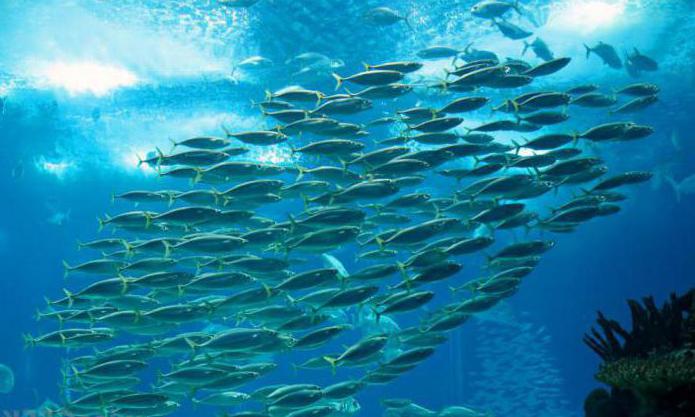 The first article defines the concept of a continental plume:
The first article defines the concept of a continental plume:
- surface and minerals of the seabed adjacent to the coast and located outside the territorial sea to a depth of 200 meters or more to the limits of the possibility of geological exploration;
- seabed adjacent to the shores of the islands.
Consequently, the continental shelf originates from the lines of the continental borders and the territorial sea.
Geological research contrary to legal acts
Article 67 of the Constitution of the Russian Federation also defines the procedure for carrying out activities on the continental shelf, with reference to the norms of international law and the Federal Law on the continental shelf of November 30, 1995.
However, the opinions of research groups on the method of territorial marking and the determination of the waters of the continental shelf often differ. Geologists, in turn, have a different interpretation from the concept of an international agreement on this marine area. 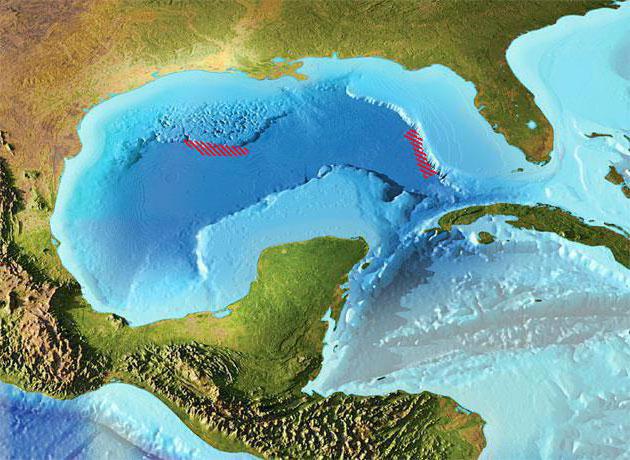 The flat part of the continent is meant, continuing under the sea depths to the places where it passes into the continental slope, which determines the boundaries of the shelf.
The flat part of the continent is meant, continuing under the sea depths to the places where it passes into the continental slope, which determines the boundaries of the shelf.
However, the Commission of International Law in 1956 noted the unsuitability of the geological definition for fixing it with fundamental documents.
Exclusive Economic Zone
International agreements determine that exclusive economic zone and the continental shelf are identically equal concepts, since neither one nor the other refers to any state. But at the same time, these sites are vested with the rights and their own jurisdiction of the countries to which they are assigned.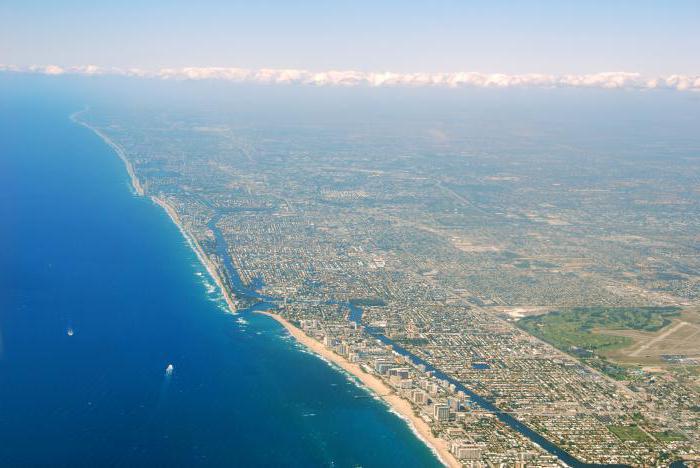
Activities in the zone should consist of exploration, development and environmental safety of natural resources at the bottom and in the bowels of the sea. The rights of the Russian Federation to the Arctic shelf provide the state with a horizon of practically endless possibilities.
Advantages of Russia
The jurisdiction of the Russian Federation contains a significant territory of the Arctic continental shelf, which gives it the right to carry out the following activities.
- Exploration and development of mineral and living resources. It is worth noting that other states can carry out this activity only with the consent of the Russian Federation.
- Implementation and adjustment of drilling operations for any purpose.
- The exclusive right to artificial structures. In the area of state jurisdiction, the right to install and construct artificial islands and facilities designed for mining. On the territory of these facilities, the Russian Federation has rights in the field of customs, sanitation and other norms and rules, including in the field of security.
- Conduct marine scientific research.
- To protect the natural resources of the continental shelf and the ecology of the region, in connection with the fisheries in the field of development of mineral sources and waste disposal.
- To lay transport and communication routes, including for the transportation of gas and oil products.
The legal regime of the continental shelf is regulated by international law and the relevant regulatory legal acts of the Russian state. 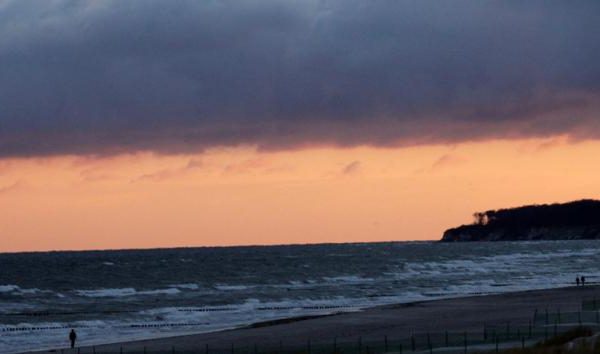 It is worth noting an important detail proceeding from the right of the Russian Federation to operate on the continental shelf. The legal status of this state, like any other country applying for the continental shelf, does not affect air and sea space. And this means that the water zone of the continental shelf is neutral, and no one can limit the rights and freedoms of international shipping and aeronautics.
It is worth noting an important detail proceeding from the right of the Russian Federation to operate on the continental shelf. The legal status of this state, like any other country applying for the continental shelf, does not affect air and sea space. And this means that the water zone of the continental shelf is neutral, and no one can limit the rights and freedoms of international shipping and aeronautics.
Polar sectors
The acuteness of the issue in terms of the distribution of the Arctic zones into territorial sectors arose already at the beginning of the 20th century. For this, the Soviet Union on April 15, 1926 made the first attempts to consolidate the polar zones. The Central Committee adopted a document on the proclamation of territories (lands and islands) belonging to the USSR, which are known and will be further discovered within the Arctic Ocean from the borders of the USSR coast.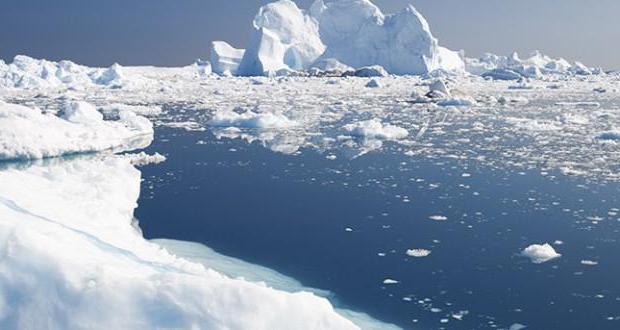 The exception is the eastern islands of Svalbard, as the USSR was recognized for Norway. Meanwhile, Norway does not recognize the eastern borders of the polar sector beyond the Russian Federation.
The exception is the eastern islands of Svalbard, as the USSR was recognized for Norway. Meanwhile, Norway does not recognize the eastern borders of the polar sector beyond the Russian Federation.
State Struggle
The issues of competition for the continental Arctic shelf are actively developing in the political arena. The jurisdiction of certain parts of the shelf by the Russian Federation is proved by scientific research and exploration of the bottom of the Arctic Ocean. One of such expeditions was Arctic 2007, which discovered the continuation of the Lomonosov Ridge at a depth of more than four thousand meters. At the end of the expedition, the flag of the Russian Federation was set and a new distribution point for the special economic zones of the Arctic shelf was launched.Canada categorically disagreed with the findings of the expedition, and subsequently other countries quickly supported it.
Applicants entitled to influence the territory
International law provides for the distribution of zones of influence on the Arctic shelf among Russia, the United States of America, Canada, Denmark, and Norway.
Activity in the distribution of special economic zones is extremely relevant during the years of global warming and melting of glaciers, which makes exploration and mining more accessible. It is worth noting that more than 25% of all hydrocarbon reserves are concentrated in the region. The Russian Federation is a contender for a quarter of world reserves.
Do not be surprised at the severity of the issue in the distribution of spheres of influence between the countries of the Arctic Treaty. Russia is actively conducting exploration and mining operations on the shelves of the Kara and Barents Seas. According to experts, rich and unique gas fields have been discovered. A sixth of the fish products are harvested in this region. Also padded Northern Sea Route is the shortest route from Europe to America and Asia. The potential of this region is able to feed not only one individual country, but the whole world for many decades.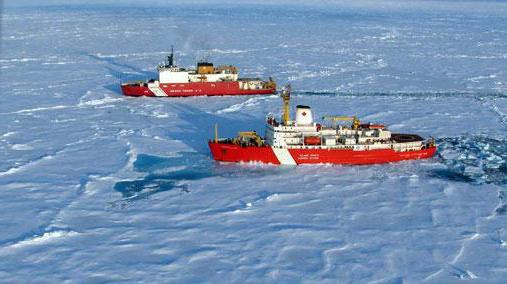
Active investment activity is determined by a huge amount of hydrocarbons (more than 130 billion tons of standard fuel and 73 billion m³ of gas). According to geological exploration of the shelf zones, the location of useful deposits is present in more than half of the territory.
The most promising territory is on the Russian continental shelf in the Arctic. About a quarter of the world's hydrocarbon reserves are concentrated here.
Problems and barriers to the study of marine areas
The depletion of world resources on the main continents makes us more acutely approach the geological exploration of the regions of the Arctic shelf. The struggle for resources in such places requires the development of sophisticated high-tech equipment, determines the cost of extensive research, giving an investment result only after many years. The waters of the continental shelf will always be the subject of careful research, and in the future, the expanses of ocean beds as a source of hydrocarbons. Searches are predetermined by the prospect of a continued investment of humanity in the future.